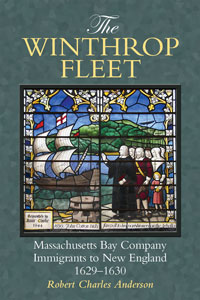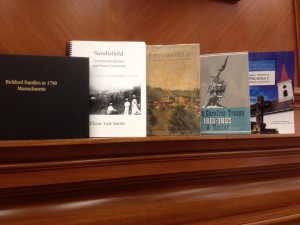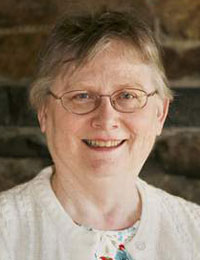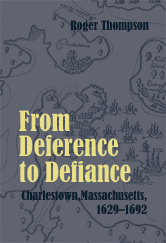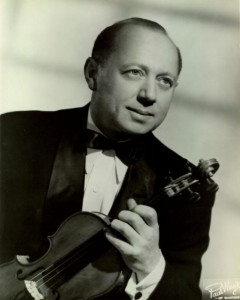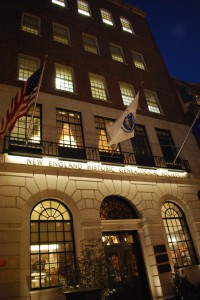In a few days, Vita Brevis will have published one hundred blog posts. Thinking back to about a year ago, when the subject of the blog was first broached, I can say that I only thought through the mechanics of preparing and posting the first half-dozen; everything after that seemed quite remote!
What can one say about the blog, circa May 2014? After a little more than five months in existence, it has played host to thirty-four bloggers, writing on topics as disparate as RootsTech 2014, the love troubles of William Norton in 1649, the antics of the Puddingstone Club in the early twentieth century, how best to use the NEHGS catalogue from home, an historical image Smack Down! between Google and Bing, and a list of the ships in the Winthrop Fleet in 1629–30. Continue reading One hundred posts on Vita Brevis

